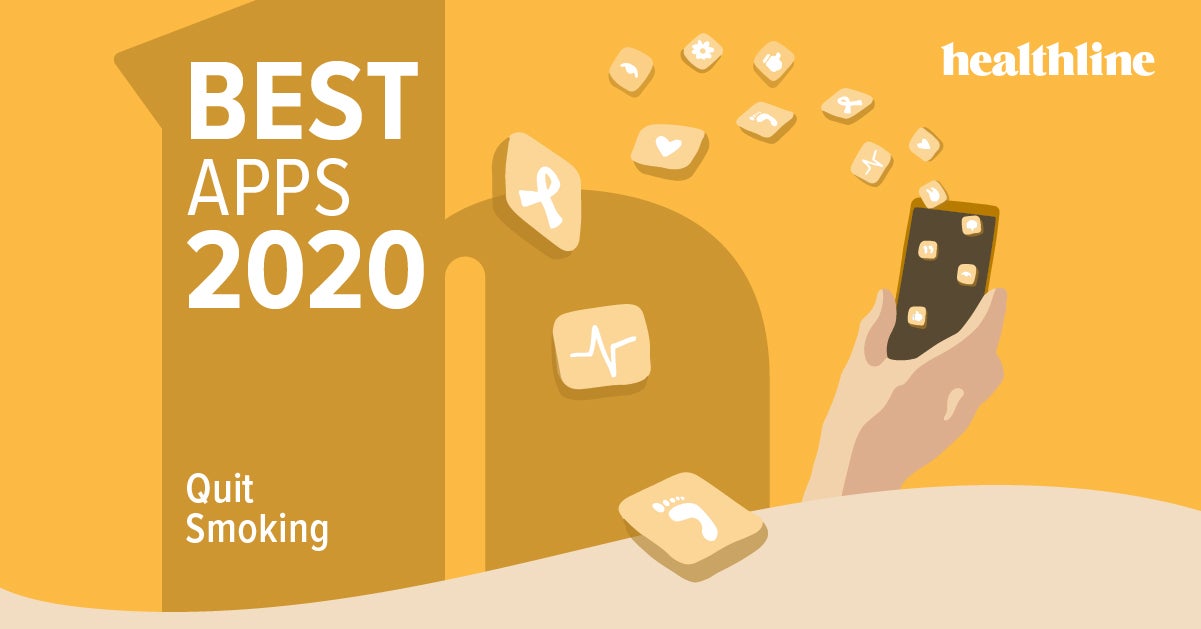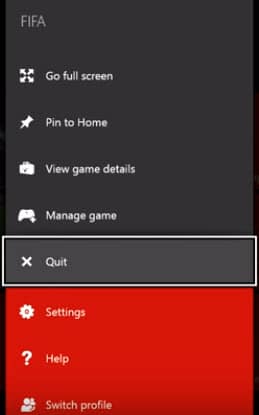Released in November 2020, macOS Big Sur is the latest version of the Mac operating system. New macOS brings many new features and improvements. It also narrows the gap between iOS and macOS and paves the way for moving from Intel to Apple’s new ARM chips in future Macs.
A while back, Chrome introduced a feature that let you switch to a “slow quit”, requiring you to hold Command+Q for a few seconds before an app would actually quit. If you like this feature, and want it in your other Mac apps, there is a third-party utility that can help you do so. Hypnotherapy can be helpful for some people, but not all of these apps are created equal. One hypnosis app for alcohol with largely positive reviews is Stop Drinking with Andrew Johnson. This app uses motivational talks, visualizations, and relaxation exercises to help you break negative thought patterns and change your habits. Investigate the problem. The first thing to do is find out if there are any processes or apps that are. Alexa App is Slow or Unresponsive Force stopping the Alexa app resolves most issues with responsiveness. To solve most issues: Force stop the app. You can usually force stop an app through your phone's Settings app. Settings can vary by phone. For more info, contact your device manufacturer. Tip: To help identify which apps are causing problems, make a list of the apps you force stop.
However, like any new version of macOS, it has an impact on resources. Put simply, it’s more demanding of resources than its predecessor, and so you might find your Mac runs more slowly after you install it. Here’s what to do to speed up macOS Big Sur.
Many of the reasons that cause the slow performance of macOS Big Sur are common to other versions of macOS. A crashed file or outdated junk may be culprits that make your Mac run slowly. CleanMyMac X cleans your Mac of junk files that can interfere with other programs’ performance. Try it out for free.
How to speed up macOS Big Sur
1. Investigate the problem
The first thing to do is find out if there are any processes or apps that are causing your Mac to run more slowly. To do that, we need an Activity Monitor.
- Go to Applications > Utilities and launch Activity Monitor.
- Click at the top of the column labeled CPU to order processes according to the CPU cycles they are using.
- Look at the processes at the top of the list. Are any using more than their fair share? If any process or app uses more than around 20%, it’s worth a closer look. Should it be using that much power? If Photoshop is working with a big file or Final Cut, Pro is rendering an effect, fine. But a background process or smaller app shouldn’t be using that much power.
- If you spot any processes that appear to be using a high CPU cycle level, try quitting them and see what happens. It might be all you need to do.
- Select the process and Press Quit Process in the toolbar.
2. Stop apps launching at start-up
Lots of apps launching at startup can slow down your Mac as it boots. And having them open all the time consumes RAM and CPU cycles.
- Click on the Apple menu and choose System Preferences.
- Select Users & Groups.
- Choose the account you’re currently logged into.
- Click on the padlock and type in your password.
- Choose the Login Items tab.
- If you see any login items, you don’t need to launch at start-up, select them and press the “-” button.
Slow Quit Apps Iphone
3. Force quit an app that doesn’t respond
If some app you’re using stopped responding, and you see a spinning wheel, open the Force Quit menu (Option-Command-Esc). Select this app and press the blue Force Quit button.

4. Close browser tabs
Having lots of tabs open when you’re browsing the web is convenient, but it also uses RAM and CPU cycles, as each one has to be refreshed, ready for when you want to switch to it. So, if your Mac is running slowly, one easy fix is to close tabs you’re not using. If you think you might use them later, just press Command-D to bookmark them.
5. Update macOS
Every version of macOS, including Big Sur, is updated fairly regularly by Apple. Those updates include security improvements and bug fixes. And those bug fixes can help your Mac run more smoothly, so it’s important that you run the latest version.
- Click on the Apple menu and choose System Preferences.
- Choose Software Update.
- If there is an update available, click Update Now.

6. Update your apps
Like the OS, app developers release regular updates that can improve the app's performance and positively impact your Mac’s output. For apps downloaded from the App Store, make sure you have Automatic Updates turned on. For this, launch the App Store and click on the App Store menu and choose Preferences. Now check the box next to Automatic Updates.
For non-App Store apps, you will have to launch every app individually, click on the menu with the name of the app, and choose Check for Updates. However, there is an easier way. CleanMyMac X can update lots of non-App Store apps with just a couple of clicks.
How to update apps with CleanMyMac X
- Download CleanMyMac X if you don’t already have it, and follow the on-screen instructions to install it.
- Launch CleanMyMac X from your Applications folder.
- Choose Updater from the sidebar on the left.
- Select View all Updates.
- Check the box next to each app.
- Press Update.
7. Manage login items and launch agents
Login items contribute to making any OS slow, as they open at your Mac’s startup and remain active until you close them.
Launch agents can also overload your Mac’s CPU. These are satellites of the main apps, and although sometimes they may help, if you don’t use the actual app often, you definitely can disable its launch agent. Here’s how:
- Launch CleanMyMac X.
- Choose Optimization in the sidebar.
- Click on Login Items to see a list of apps that start automatically when you log in.
- Review the list. If you see any apps you don’t use, check the box next to an item and click press Remove to eliminate it completely.
- Choose Launch Agents.
- Repeat step 4 to review and remove launch agents.
- Choose Hung Applications.
- If there are any, check the box next to them and press Quit.
Some users noticed that applications were slow to load on macOS Big Sur 11.01. The problem occurred on the first day of the Big Sur release and was later addressed by Apple developers. If all your apps got slow after the upgrade, go to the Apple Support system status page to check whether Apple services are working correctly.
macOS Big Sur is a terrific update to the Mac operating system. However, it’s not perfect and may occasionally cause your Mac to run slowly. If it does, follow the steps above to speed up Big Sur and get your Mac running smoothly again.
In case your computer is taking a while to start, it is likely that a number of unnecessary Apps are opening at startup and slowing down your computer. You will find below the steps to Stop Apps from Opening at Startup in Windows 10.
Slow Quit Apps Mac
Stop Apps From Opening at Startup in Windows 10
Many programs that you download and install on the computer have a tendency to add themselves to the Startup List of programs on your computer.
As you continue using the computer, you may eventually come to a situation where too many programs might be starting up with the computer.
This can slow down the startup time of your computer and also impact its day to day performance, if the Startup Apps continue to run in the background.

In some cases, you may come even find unknown, unauthorized Apps & programs opening at startup and using up resources on your computer by remaining active in the background
Luckily, it is easy to Stop Apps from Opening at Startup in Windows 10 and prevent them from slowing down your computer.
Stop Apps from Opening at Startup Using Task Manager
Follow the steps below to stop any App or Program from opening at startup in Windows 10 using Task Manager.
1. Right-click on the Start button and click on Task Manager.
Slow Quit Apps
2. On the Task Manager screen, click on the Startup tab > click on the Program and click on Disable to prevent this App from opening at startup on your computer.
Note: If you cannot see the Startup Tab, click on More Details option located at the bottom left corner of your screen.
3. Similarly, you can find other Apps and Programs that are opening at startup and prevent all those unnecessary Programs from opening at Startup on your computer.
Note: If Disable button is greyed out or unavailable, login with you Admin Account.
Slow Quit Apps Windows 10
2. Remove Apps From Startup in Windows 10
Another way to Stop Apps from opening at Startup in Windows 10 is to remove the App from the Startup Folder on your computer.
1. Right-click on the Start button and click on Run.
2. In the Run Command window, type shell:startup and click on OK to open the Startup Folder on your computer.
3. In the Startup Folder, right-click on the Program that you want to prevent from opening at startup and click on Delete.
Once the program is removed from the Startup Folder, it will no longer bother you by starting automatically with your computer
